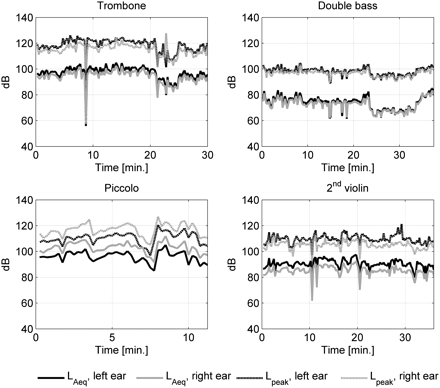I have one more question about loudness - which might open a can of worms...

The dialnorm is half a mystery to me. If I understood it correctly, it should roughly adjust the dialog to be at -31 dbFS. For broadcast, this makes sense and it seems to be used also for home DVD/Bluray.
Nevertheless, how does this mess with the reference loudness (as far as there is one - let's assume someone would really like to follow the rules).
I noticed that Netflix seems to use the dialnorm to adjust movies to the -27 LUFS that they target.
Usually, the dialnorm is less defined compared to this Netflix approach, as it seems to just state: measure your dialog and make sure it is -31dbA - where the definition of how to extract it is not entirely defined - but please correct me if I am wrong.
Now let's come to an example.
In case of Transformers Age of Extinction, the dialnorm shows up as a -8dB in the sound information on Netflix.
Nevertheless, the same movie on Amazon Prime has a dialnorm of +4dB. A whooping 12 dB difference.
Still, when you measure with an SPL meter, the difference between the 2 is merely 6dBA.
Now, it could be that we have two differently mixed versions - maybe one home and one cinema?
Btw. the +4dB Prime sounds like my Bluray that I have of the movie.
I know that Atmos seems to not have a dialnorm but I would be curious to hear about the situation with (for example) DD5.1.
What would be your guess, what source we have on Netflix and Prime?
Is there any educated guess to be made as to what level this was likely mixed at?
For example, in case of Netflix, we know that after dialnorm we have -27LUFS, so we know that if the dialnorm is -8, then the "original" was at -21 LUFS. Given some kind of average loudness that productions have (and that reference levels are probably between 75-85), can we derive anything from this?
I know we cannot be certain, but it feels like it might be possible to recognize at least some ballpark number.
Would someone have an idea?

